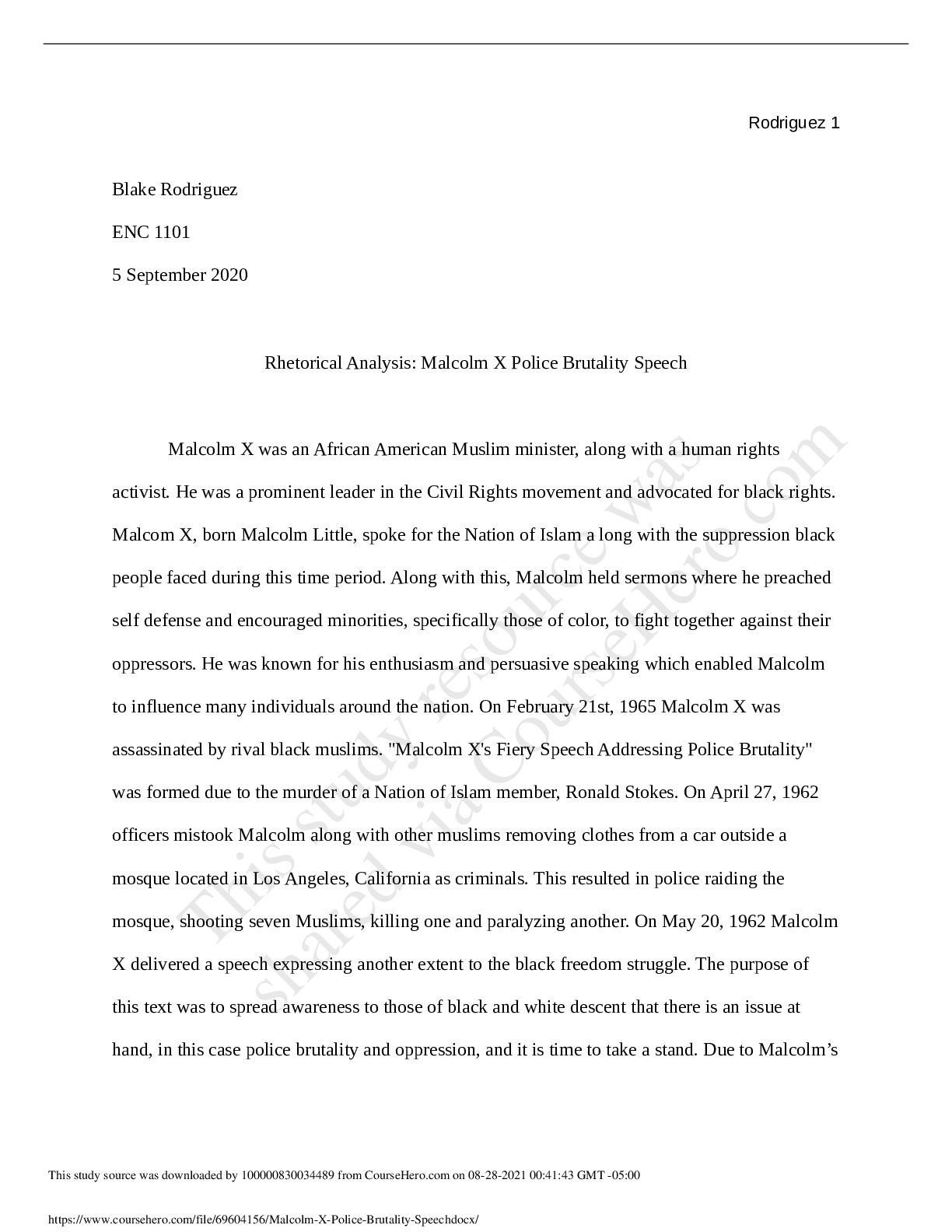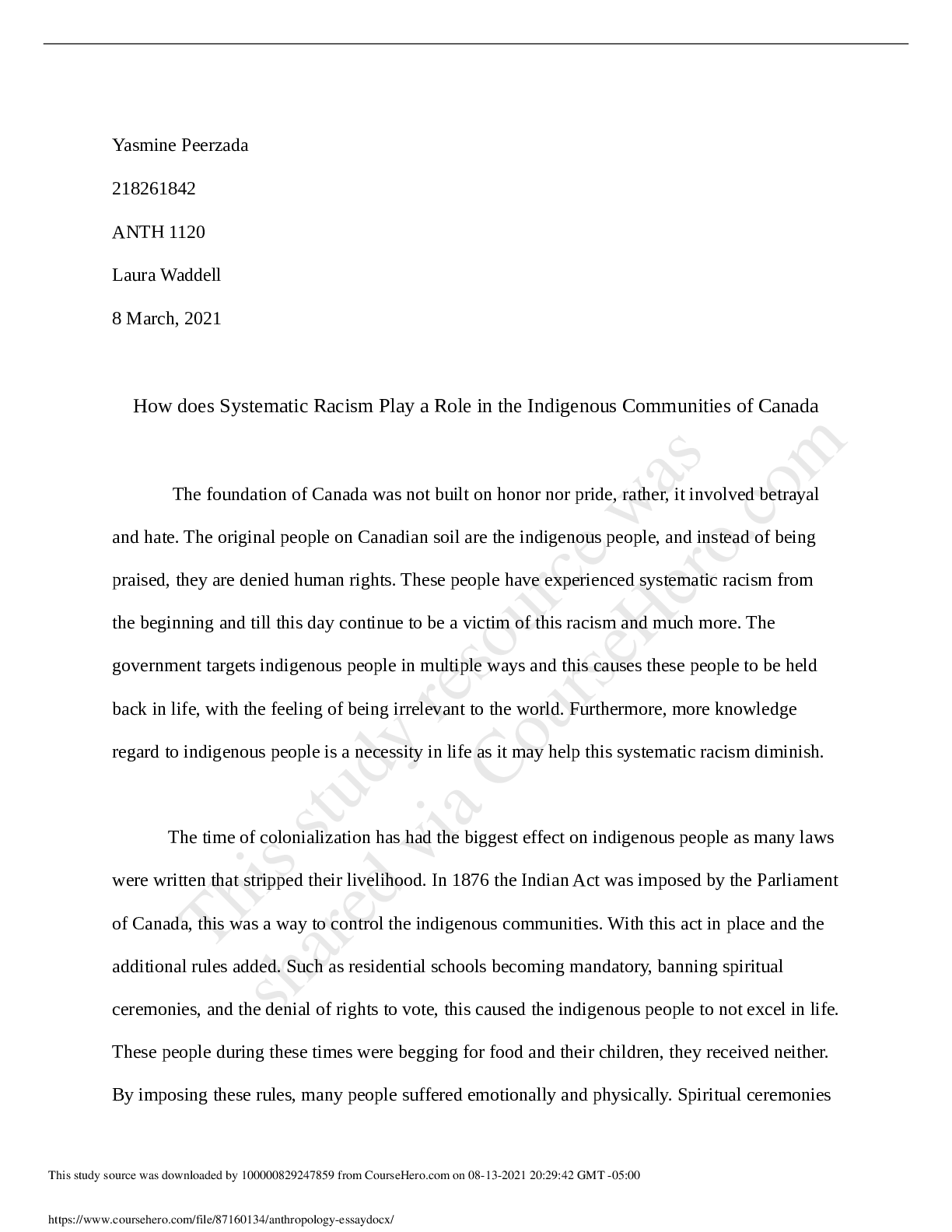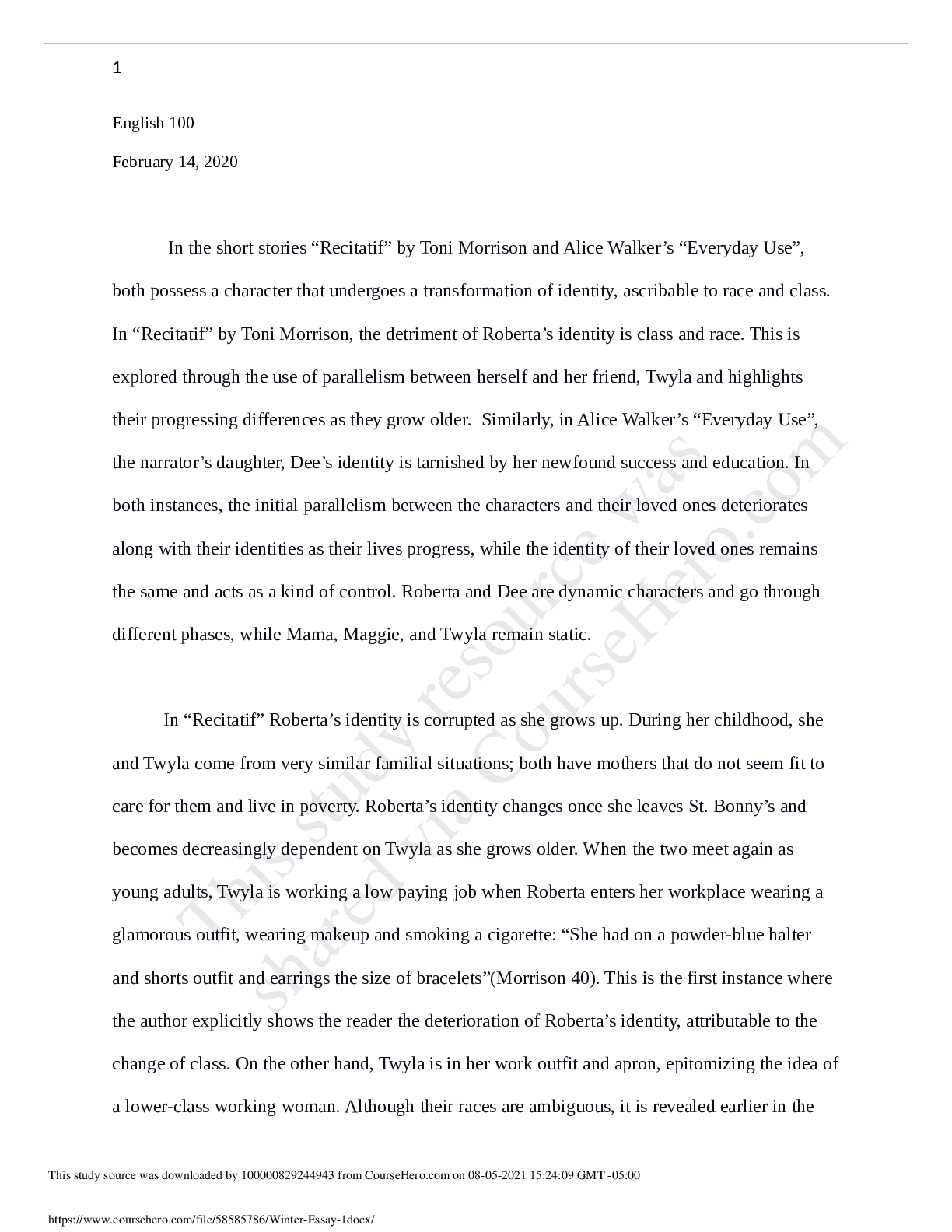Argumentative Research Essay Sophia Pathways Sugar in School Breakfasts
Document Content and Description Below
Argumentative Research Essay Sophia Pathways Erin Rosenberry Professor March 30, 20212 Sugar in School Breakfasts School diets have been of major concern in the recent past, especially due to th... e amounts of sugar in the foods students take. Concerned parents have been on the front line to ensure that schools regulate the amount of sugar in their children's foods while at school (Cohen et al., 2018). Most complaints have been posed by parents whose children have been seen suffering from the harsh consequences that sugar causes when over-consumed. Regulations have been developed for schools to follow regarding the constituent of their diet. However, these regulations' impact has been negligible, while some schools have remained adamant (Bentely et al., 2020). Additionally, following these regulations has posed another challenge for some schools as they fail to understand the correct amount of sugar that is to be incorporated into the school diet. Due to the health issues, psychological effects, ethical considerations, and social issues associated with excessive sugar intake, there is a dire need for schools to watch the amount of sugar in their breakfasts. Following the excessive consumption of sugar, there has been an exponential rise in the number of health-related issues. To understand the problem with sugar, we need to start by understanding how our bodies process sugar. Sugars and starches are digested in the intestines and converted to glucose, which is essential for our bodies' provision of energy. The transportation of the glucose takes place via the bloodstream (Jacques et al., 2019). Insulin, a hormone released by the pancreas, is used to regulate the amount of glucose that the body requires. An increase in sugar levels in the body triggers a higher insulin production to deal with excessive glucose. The excess sugars are stored in the liver and muscles. In case the body requires more energy, the pancreas releases a second hormone, glucagon, which converts the3 stored sugar into glucose (Mantzari et al., 2018). The interaction between insulin and glucagon aids in regulating the amount of sugar that is present in our bodies at any instance. One primary clinical health concern might arise when the body's sugars are in excess to a point where the liver and muscles cannot hold any excess of the sugars. When such a condition happens, a person experiences an overload of excessive fats in certain areas of the body. This makes a person obese. According to Jacques et al. (2019) obesity has been seen to have farreaching consequences on the normal functioning of a person's body. Obese people are often seen as lazy as they cannot undertake any form of hard tasks in society. The build-up of too much sugar in the liver has also been associated with the development of Non-Alcoholic Fatty Liver Disease. The disease has been seen to mainly affect older people, those with diabetes, and obese persons. Another part that is affected by high sugar intake is the teeth (Dhurandhar & Thomas 2015). Teeth decay has been a common issue in the recent past, especially among the younger generations. Intake of excess sugars provides easily digestible energy for the harmful bacteria located in our mouths [Show More]
Last updated: 2 years ago
Preview 1 out of 13 pages

Buy this document to get the full access instantly
Instant Download Access after purchase
Buy NowInstant download
We Accept:

Reviews( 0 )
$11.00
Can't find what you want? Try our AI powered Search
Document information
Connected school, study & course
About the document
Uploaded On
Jun 28, 2021
Number of pages
13
Written in
Additional information
This document has been written for:
Uploaded
Jun 28, 2021
Downloads
0
Views
113



.png)










